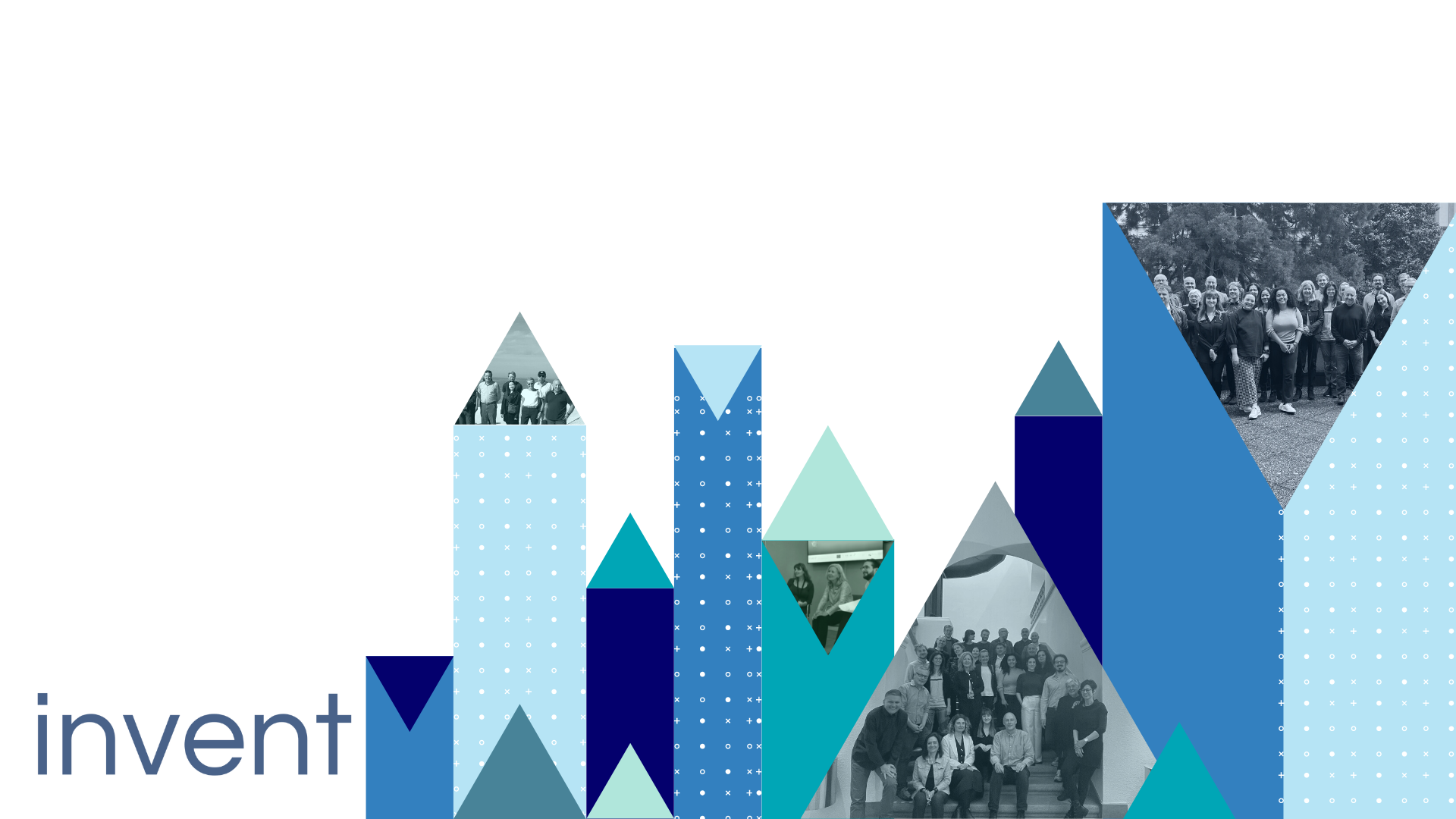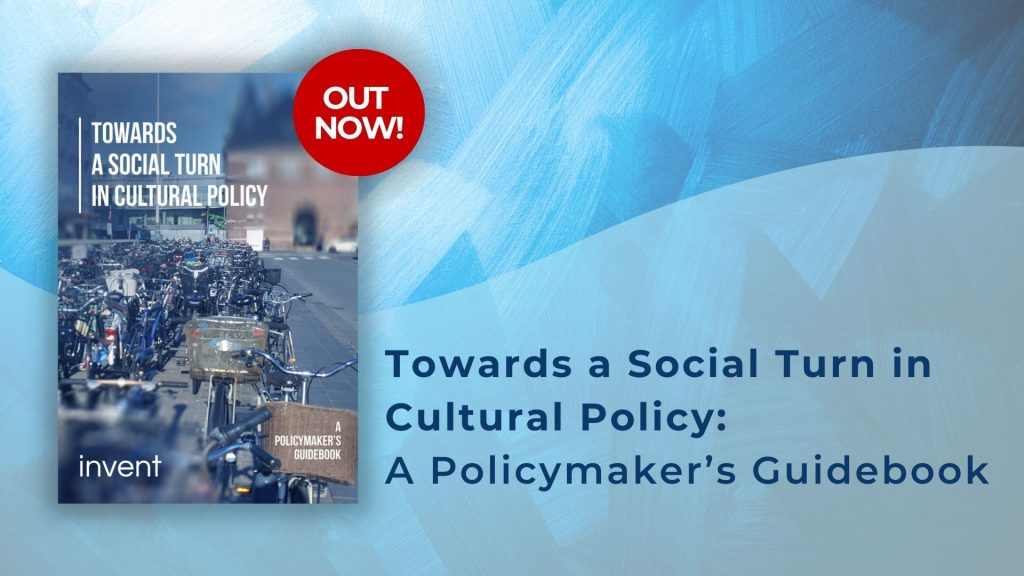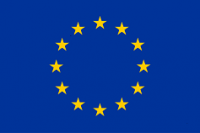PANEL III: Affordances and societal values of cultural participation
Presentations
Cultural participation and wellbeing: Implications for cultural policy
Cultural participation is increasingly looked at by policy makers as a means to improve health and wellbeing. Concurrently, a growing body of social scientific literature and policy research examines culture’s contribution to health and wellbeing (Zbranca et al., 2022). However, most studies focus on purposive, interventions in specific demarcated types of culture and cultural activities – e.g., productive or receptive participation in visual arts, dance, or theatre – and how these impact the health or well-being of specific groups – for example the elderly, ill, or displaced (cf. Gross, et al, 2021; Huber et al., 2011; Van Campen et al., 2017; Van Dijk et al., 2019; Van Ditzhuijzen et al., 2018). In this presentation, we investigate the relation between, on the one hand, all sorts of culture and cultural activities, and, on the other hand, various types of wellbeing from a qualitative, interpretative point of inquiry. In doing so, we employ an open-ended, bottom-up definition of culture, allowing a diverse range of interview participants to define whatever culture means to them, and how culture has influenced aspects of their wellbeing, such as their interactions with others, their physical or mental health, their feelings of belonging, their sense of self, or other aspects of their lived experiences. As the interview study includes multiple European countries, we offer a cross-national comparative perspective on how people in different places experience culture to improve parts of their lives. Finally, although quantitative results are dominant in providing ‘evidence’ that policies are built on (Oman, 2020, 2021), we argue that qualitative, in-depth descriptions of culture’s positive impact on people’s sense of wellbeing are equally valuable and informative to cultural policy.
Cultural participation, openness, and tolerance: Implications for cultural policy
This presentation focuses on the relationship between cultural participation and values of openness and tolerance. Cultural participation is tightly linked to cultural capital and the enduring reproduction of inequality (Bourdieu, 1984). People with privileged backgrounds have distinctive ways of participating in culture, and they participate more actively, even in popular culture activities, than their less privileged counterparts (Bennett et al., 2009; Heikkilä & Lindblom, 2023; Purhonen et al., 2014; Savage et al., 2015). There is also empirical evidence that the cultural participation patterns of high-standing groups have increased in openness and tolerance (Lindblom, 2022; Prieur & Savage, 2013). Still, empirical studies on the link between cultural practices and openness or tolerance have typically only focused on specific national contexts and are based mostly on quantitative data (Prieur & Savage, 2013; Rössel & Schroedter, 2015; Verboord, 2017). What is more, openness and tolerance come in different forms (Ollivier, 2008), and survey data are generally not capable of uncovering the full range. Drawing on in-depth interviews with individuals from different social backgrounds and countries, this presentation sheds light on the complex relationship between cultural participation, openness, and tolerance, by scrutinizing the discourses through which people describe and reflect on their cultural viewpoints, preferences and practices and those of others.
Cultural participation and inclusiveness: Implications for cultural policy
This presentation discusses how cultural institutions can advance cultural engagement among the entire population. The EU (2012: 3) states that ‘culture is supported as a public service’ and should, therefore, ‘reach as wide a segment of the population as possible’ (cf. Anheier et al., 2017). Yet artistic venues as well as participation scholars note that individuals who are younger, lower-educated, or have a migration background remain unlikely attendees of cultural institutions (Mandel, 2019; Heikkilä & Lindblom, 2023; Janssen & Verboord, 2022). Confronted by rising migration and societal inequalities, there is ever greater pressure to develop inclusive cultural policies and practices (Bonet & Negrier, 2018). How do cultural institutions across Europe tackle the challenge of turning non-participants into participants (Borwick, 2012; Kawashima, 2006; van Eijck & Bisschop Boele, 2018)? Drawing on focus groups with representatives from a variety of cultural institutions in different European countries, we map and review the various ways in which these institutions try to develop new audiences and engage underrepresented social groups. We find two main approaches to stimulating cultural participation and inclusiveness: democratizing culture and cultural democracy (cf. Evrard, 1997; Hadley, 2021; Juncker & Balling, 2016). The former bolsters interest in “legitimate” art through education and removing financial and other practical barriers. The latter, by contrast, tailors artistic programming to the tastes of non-participants and engages them in discussion and co-creation. We find significant variations in the support for and articulations of both approaches among representatives of different types of cultural institutions. In addition, we observe cross-national differences in the prevalence of both approaches, which appear related to differences in the level of social hierarchy, cultural infrastructure, cultural policy framework, and political climate. Finally, we evaluate the challenges and possibilities of both approaches for forming inclusive European cultural policies.



 This project has received funding from the European Union’s Horizon 2020 research and innovation programme under grant agreement No
This project has received funding from the European Union’s Horizon 2020 research and innovation programme under grant agreement No